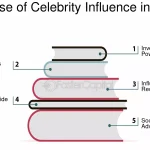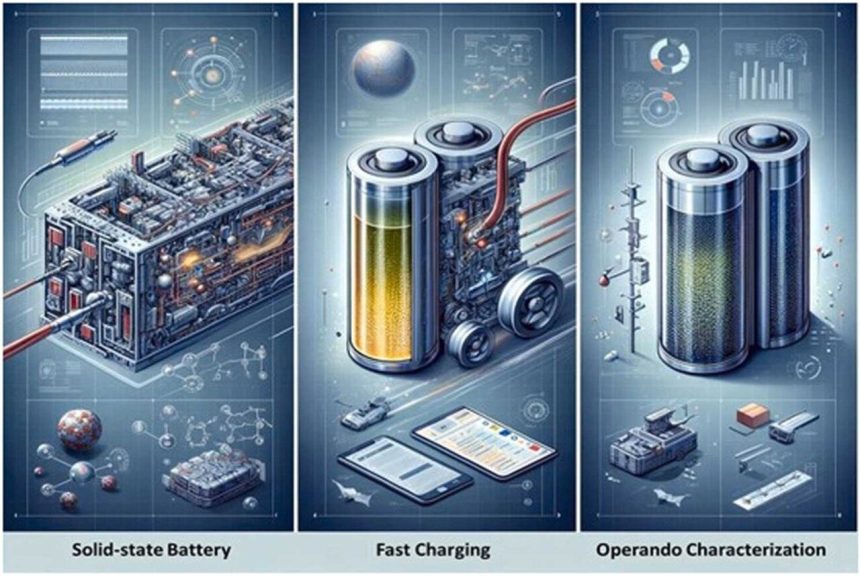The Promise of Solid-State Batteries
The next frontier in energy storage is solid-state batteries, which replace the liquid electrolytes used in conventional lithium-ion cells with solid materials. The benefits are compelling: higher energy density, faster charging, longer lifecycle, and better safety (less risk of overheating or fire). Major tech companies, automakers, and startups are racing to commercialize this technology as demand for electric vehicles, grid storage, and portable electronics continues to skyrocket. At TotalTechDirect, we see this development as one of the most significant transformations in battery and materials science of our era.
Breakthroughs and Technical Challenges
Researchers around the world have announced promising breakthroughs in materials such as sulfides, oxides, and polymers to enable solid electrolytes. Some labs report prototype batteries capable of over 1,000 cycle lifetimes with high capacity retention. But major hurdles remain: interface stability (ensuring solid–solid contact doesn’t degrade), manufacturability at scale, and cost. Scaling from lab cells to mass production is a nontrivial leap, requiring improvements in fabrication techniques, quality control, and supply of niche materials.
The Geopolitics of Battery Materials
As the world moves toward electrification, control over battery materials becomes a geopolitical pivot. Countries rich in lithium, cobalt, nickel, and rare metals are gaining strategic importance. Governments are updating trade policies, investing in mining, and imposing export restrictions to protect domestic industries. In recent months, tensions between major nations over access to cobalt and lithium sources have intensified. Nations are pursuing “battery sovereignty” strategies akin to semiconductor policies, stressing the urgency of secure, stable supply chains.
Celebrity Endorsement and Public Perception
While battery chemistry might not seem glamorous, public interest is growing, often steered by high-profile figures. Celebrities like Elon Musk (through Tesla) or actors promoting green lifestyles help bring attention to energy innovations. When a well-known figure backs a green technology or invests in a startup, media exposure spikes, creating public awareness and investor enthusiasm. This cultural spotlight can accelerate adoption, shape consumer expectations, and increase pressure on industry and policy actors to adopt sustainable solutions.
Industry Response and Business Implications
Automakers are investing heavily in solid-state R&D to gain competitive advantage. Some are targeting integration into next-generation electric models within this decade. Battery companies and materials startups are racing to partner or get acquired for access to patents and know-how. For electronics firms, solid-state batteries could shrink device thickness while improving performance. The winners in this race could capture vast value across multiple industries. Companies that fail to adapt risk being left behind in a transforming energy ecosystem.
Regulatory and Environmental Considerations
Governments are beginning to regulate battery recycling, safety standards, and supply chain sourcing. Solid-state batteries promise reduced environmental risk (fewer flammable materials), but mining and material sourcing still raise ecological and ethical concerns. Regulation will play a key role in ensuring sustainable manufacturing, reclamation of used batteries, and oversight of rare mineral extraction. We may see new global standards or battery passports to trace origins and environmental impact.
Global Market Outlook
Analysts project that the global solid-state battery market could reach tens of billions of dollars by the 2030s, especially if EV adoption continues to surge. Regions investing early in domestic capacity—East Asia, Europe, North America—stand to benefit. Emerging economies with battery mineral endowments may become critical players. The race is not just about invention, but about scaling, supply control, and global partnerships.
FAQs
What makes solid-state batteries better than lithium-ion?
They use solid electrolytes instead of liquid, enabling higher energy density, faster charging, improved safety, and longer lifespans.
What are the main technical obstacles?
Maintaining stable interfaces, material degradation, manufacturability at scale, and high costs are major challenges.
How do geopolitics influence battery development?
Access to critical minerals, trade restrictions, export controls, and national strategies for energy independence all affect battery supply chains.
Why do celebrities matter in this field?
Their investments, endorsements, or public campaigns increase visibility, shape public opinion, and help drive consumer and investor interest.
When might solid-state batteries reach mass markets?
Depending on how quickly production, costs, and material concerns are resolved, we may see initial commercial deployments in the latter half of the 2020s.
Conclusion
Solid-state batteries represent a transformative leap in energy and electronics, promising to reshape EVs, portable devices, and grid storage. The path forward is challenging—technical, economic, and political factors all intertwine—but the stakes are high.
Celebrity influence, global supply strategies, and regulatory frameworks all play crucial roles in accelerating adoption and shaping competitive advantage. At TotalTechDirect, we will continue to monitor this space closely, tracking which companies, innovations, and policies lead us toward the next era of energy storage.











